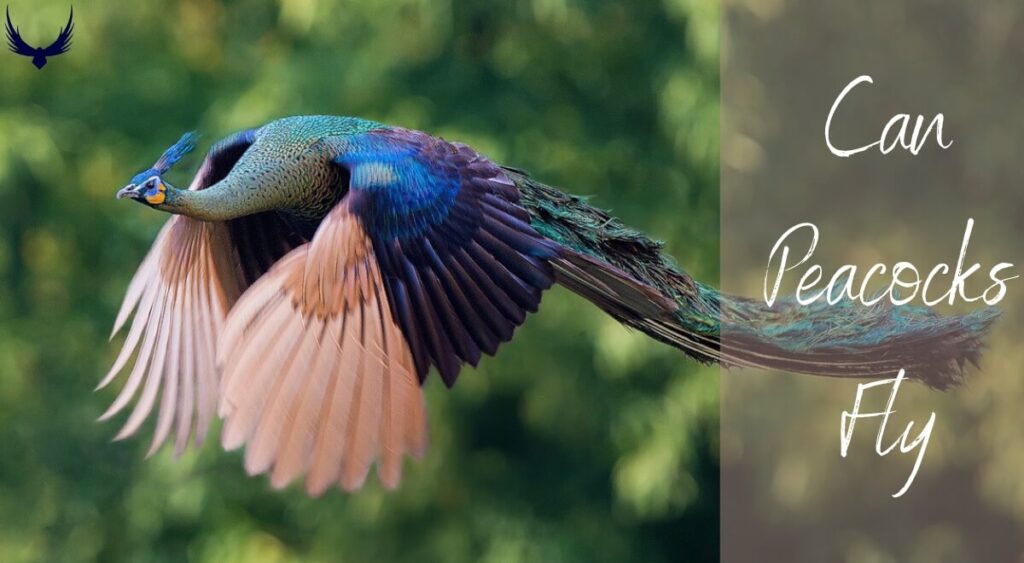Peacock Flight: How High & Far Can They Really Fly?
Can a peacock truly take to the skies? The answer, surprisingly, is yes, but their aerial abilities are far from what one might expect from a bird. This fact often contradicts the majestic image we hold of these flamboyant creatures, prompting a closer examination of their unique flight capabilities.
The question of how peacocks fly often leads to a cascade of further inquiries. One might wonder about their speed, the distances they can cover, and the heights they can attain. The reality, however, is a nuanced one. Peacocks, despite their size and weight, are indeed capable of flight, although they are not exactly airborne acrobats. They can navigate the air, but their approach to flight is markedly different from the soaring grace of eagles or hawks. Their wings, while beautiful and functional, are designed more for gliding and short bursts of movement, rather than sustained, effortless soaring. This contrast is a significant part of the peacock's story, setting it apart from other avian species and lending a unique dimension to the bird's existence.
Let's delve into the specific aspects of their flight. When it comes to speed, peacocks can reach rates of up to 10 mph (16 km/h). While this may not seem impressive in the context of the animal kingdom, it is relatively fast for their size and build. They are not designed for long-distance flights, and are more adapted to shorter, less demanding aerial journeys. Often, their purpose in flight is to escape a threat or reach a roosting spot for the night. The limited capacity for sustained flight significantly shapes their behavior and lifestyle.
To better understand their flying potential, consider the typical distances. The answer varies, but a general estimate suggests that peacocks can fly short bursts of around 100 yards. Some sources note that they are capable of flying up to 200 meters (656 feet) at the most. This is very different from the capability of other avian species, such as seagulls. Their flight abilities are sufficient to navigate to nearby trees and other objects, but they are unable to sustain flight for any considerable distance. Given the peacock's overall design, with its bulky size and the long, heavy tail feathers of the male, it would be physically taxing for them to take on a longer flight.
Regarding the heights achieved, the numbers are equally modest. Typically, they can reach heights of up to 10 feet when taking off from the ground. This ability to achieve some elevation allows them to seek refuge in trees or other elevated perches, which provides safety from potential predators. However, peacocks will rarely soar extremely high, and never for a prolonged duration. When ascending into a roost, a peacock largely depends on the strength of its legs to hoist itself upward, more so than the power of its wings.
The overall method of flight for the peacock is quite unique. What might qualify as flight for a peacock would barely register as takeoff for most other birds. When attempting flight, peacocks often avoid it as much as possible, most likely because of how difficult it is for them. It is commonly considered to be a last resort, utilized only when necessary. They often find this challenging, and their aerial movements are not particularly elegant. Rather than a graceful glide, a peacock's flight resembles a series of powerful flaps followed by a descent, as they gently flutter and glide down.
Peacocks' inability to fly long distances has impacted their survival mechanisms. They are not capable of circulating through the air with the ease of eagles or hawks. The design of a peacock suggests it is geared towards a life grounded on the earth. Their feet are adapted for perching and walking. The male peacock's tail, which adds to their appeal, adds to the challenge of flight. The feathers add weight and create drag in the air, which makes sustained flight difficult to achieve.
The discussion of peacock flight naturally leads to the question of whether they jump or fly. Technically, they do both. A peacock may jump to help give them some elevation before they begin their fluttering or gliding flight. In many cases, they use their legs to gain elevation rather than relying solely on their wings to lift them off the ground. Peacocks are birds, but they cannot fly like common birds due to their physical attributes. Despite these limitations, the fact remains that peacocks are still capable of flight.
This ability to fly, even in a limited capacity, has implications for the bird's survival. It provides them with the capability to escape danger from threats like ground-based predators. Furthermore, their ability to reach the safety of roosting sites in trees or other elevated positions is an essential survival skill. Their flight style is not a display of elegance or endurance but rather a pragmatic means of moving between locations as needed. This flight strategy is crucial in environments where the bird needs to avoid danger or find food and shelter.
The flight capabilities of peacocks are often misrepresented due to the bird's appearance. The majestic display of the male peacock, with its brilliantly colored tail feathers, might give the impression of soaring grace and effortless movement. However, the reality is that the bird's flight capabilities are very different. There is a stark contrast between the bird's impressive appearance and its actual ability to fly. Their flight does not match the aesthetic appeal of its other traits.
While it might be tempting to see the peacock as a symbol of flight in the traditional sense, its abilities represent a different kind of aerial existence. They remind us that flight doesn't always mean soaring to great heights. In the context of the animal kingdom, it's a testament to the adaptability and resilience of birds. Each species has evolved to find a niche that allows it to thrive, and for peacocks, flight is a part of that story, even if it's not the most prominent chapter. It reflects a lifestyle designed for the earth while also incorporating an important connection to the air.
So, to reiterate the initial question, yes, peacocks can fly. But their flight is a pragmatic exercise, a means of navigating a world where the ground is often the safest place to be. It is a testament to the beauty of adaptation and the wonder of finding ways to survive. Therefore, even with their limited abilities, the peacock's capacity for flight adds an intriguing layer to their existence, contributing to the richness and diversity of the natural world.
In conclusion, the flight of a peacock is an interesting topic. While peacocks cannot compete with other birds in terms of the time spent or the distances covered, they still have the ability to fly. Their approach to flight is significantly different from the gliding grace of eagles and hawks, and their actions are marked by short bursts of movement. Ultimately, their style shows how adaptable and flexible the species is.



Detail Author:
- Name : Nina Hudson
- Email : breanne54@waelchi.net
- Birthdate : 1971-01-30
- Address : 36018 Swift Point Wildermanville, NV 95540
- Phone : +1-954-543-4675
- Company : Grady, Parisian and Dibbert
- Job : Airline Pilot OR Copilot OR Flight Engineer
- Bio : Neque temporibus natus corporis. Quis tempora voluptates ducimus et. Consequatur repellendus aliquid non amet sunt culpa eius.